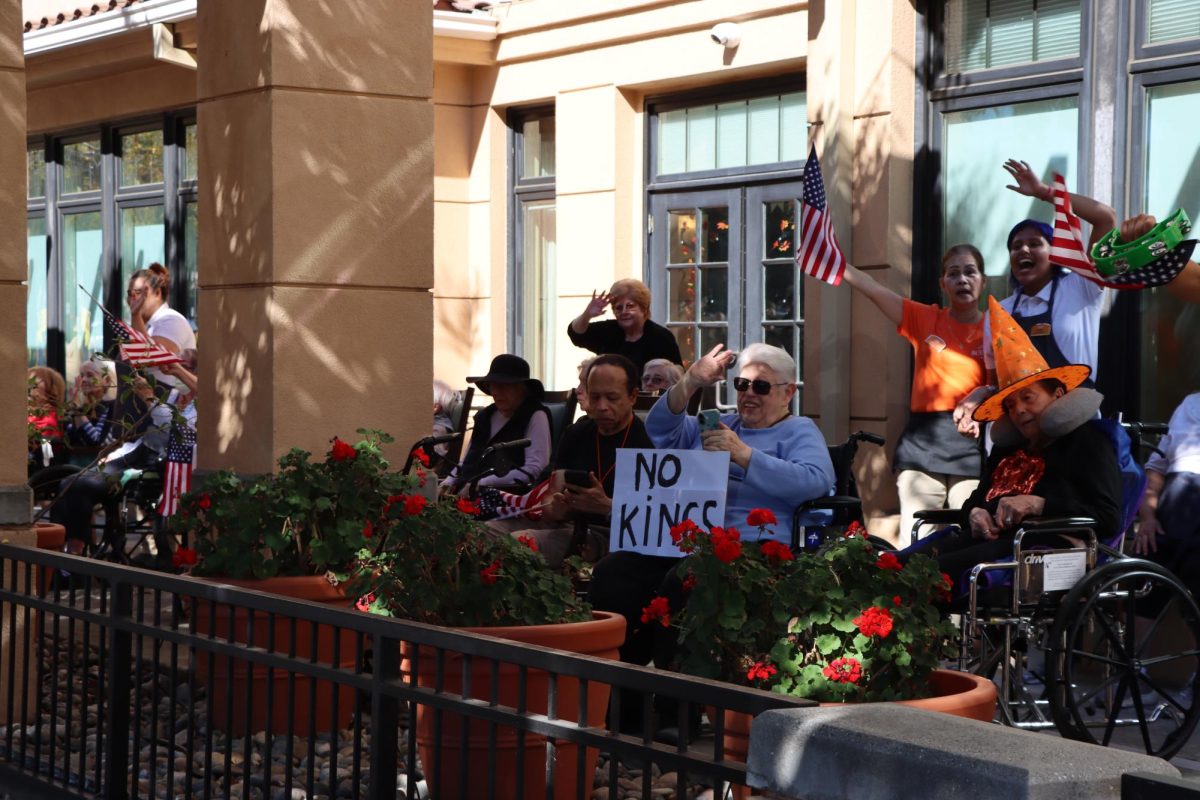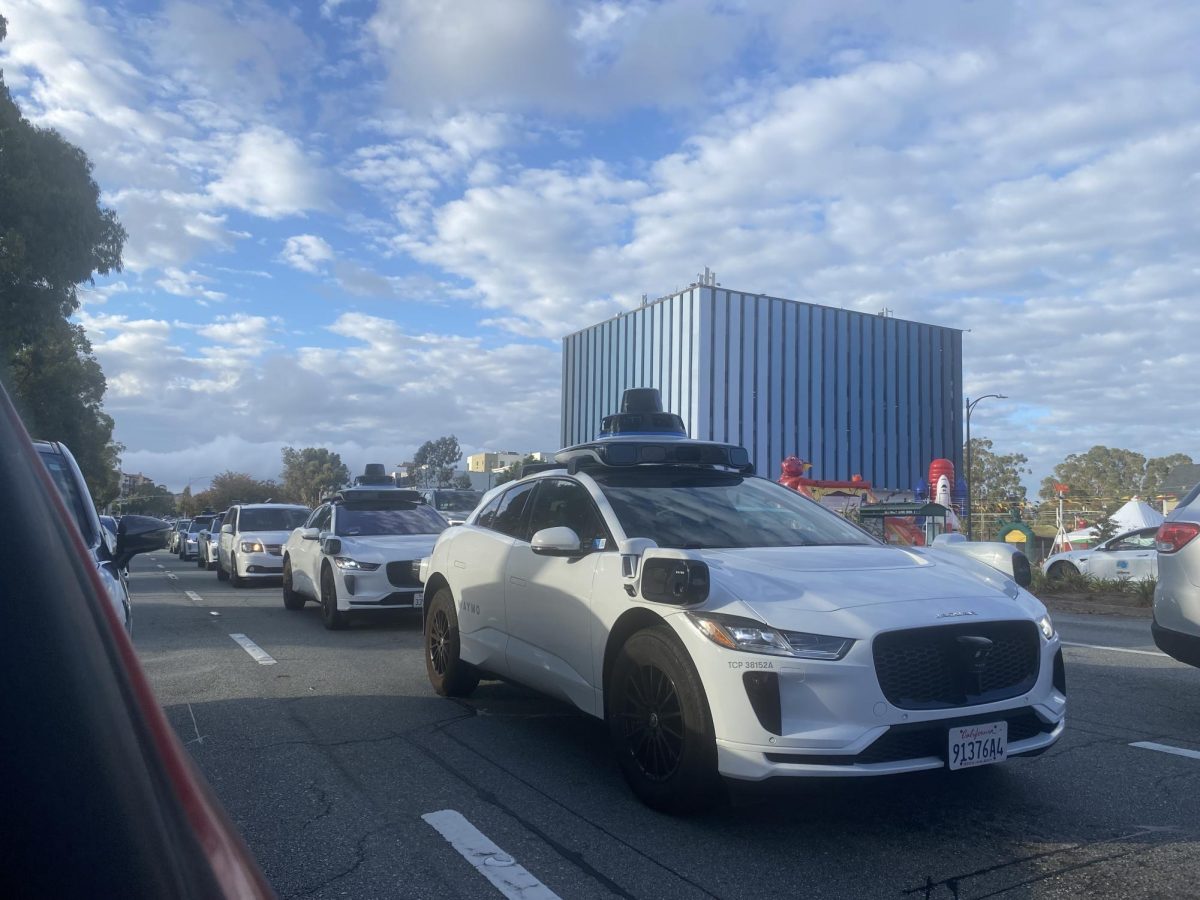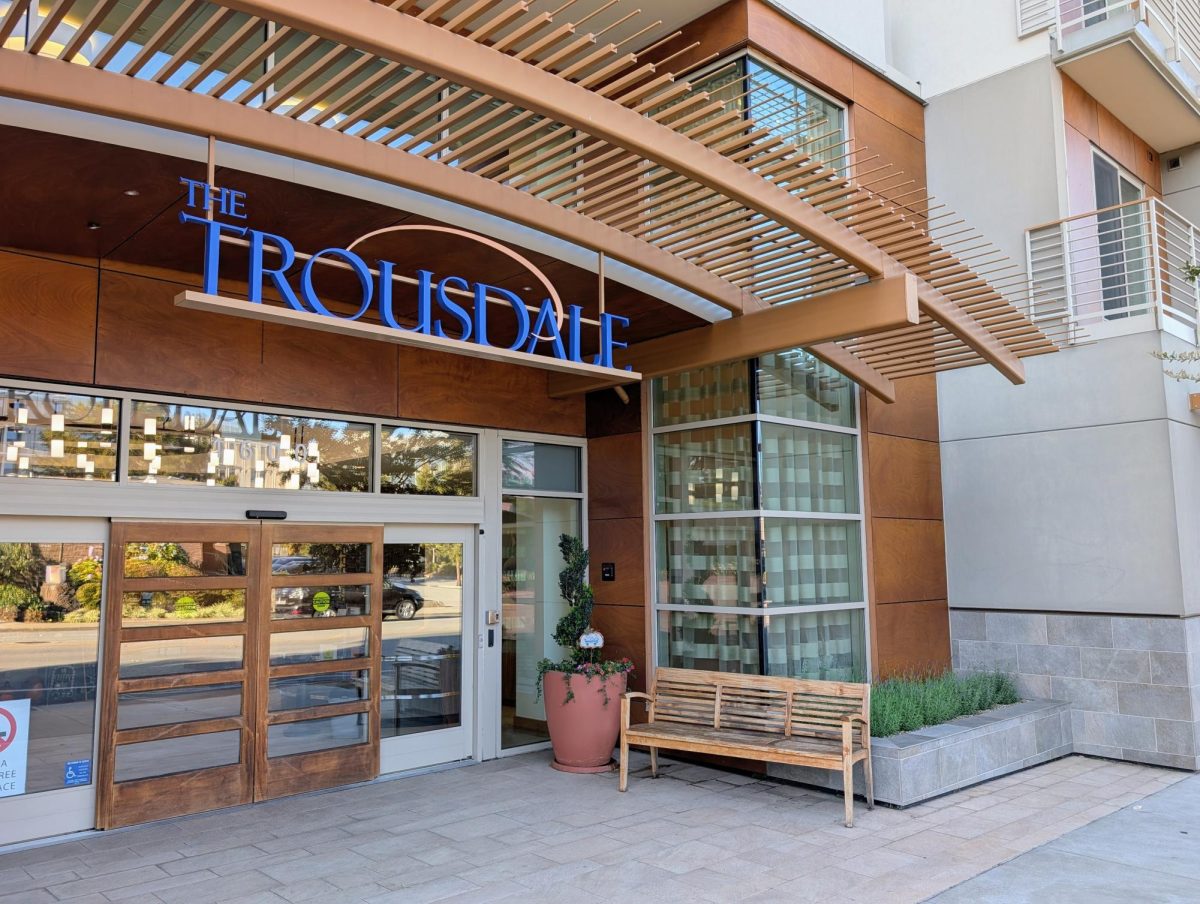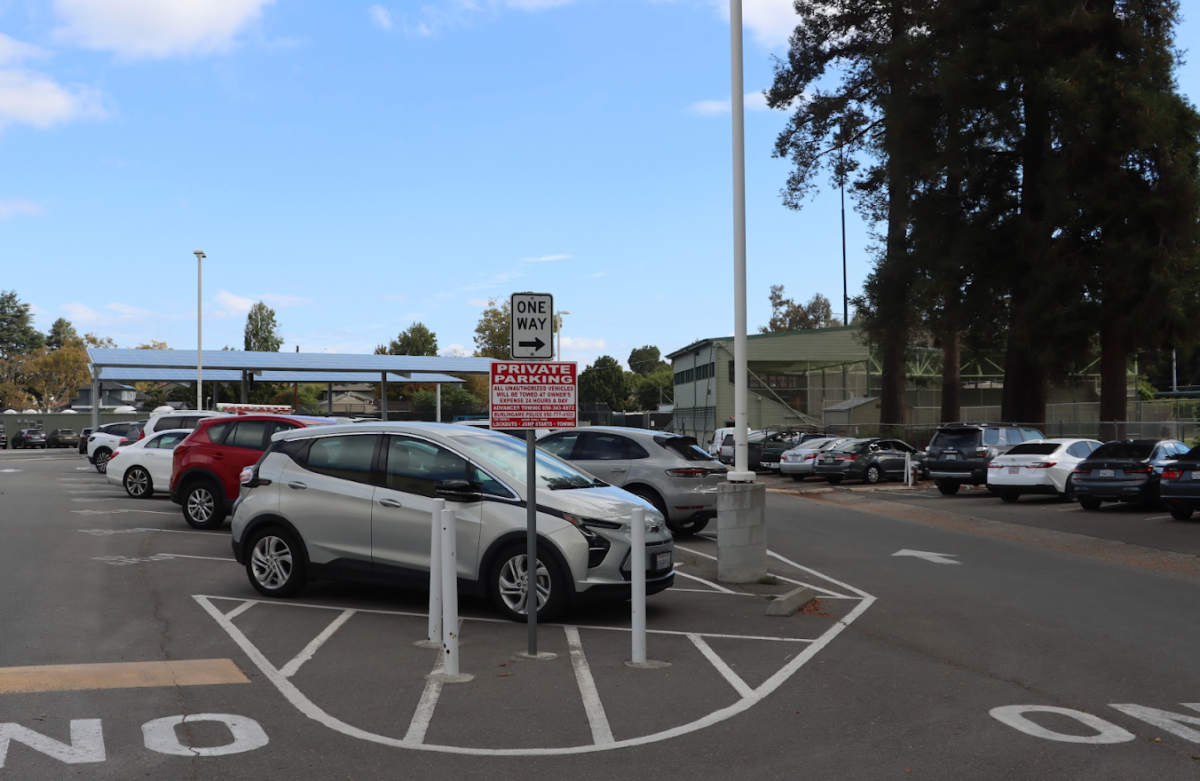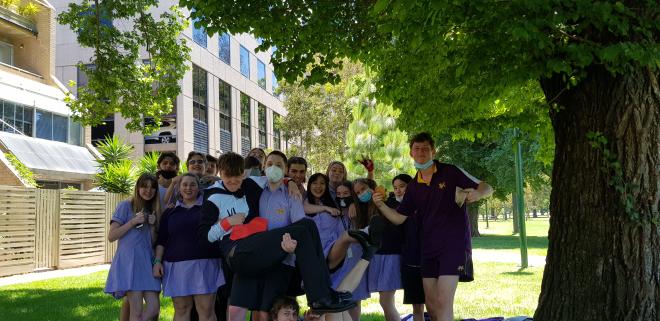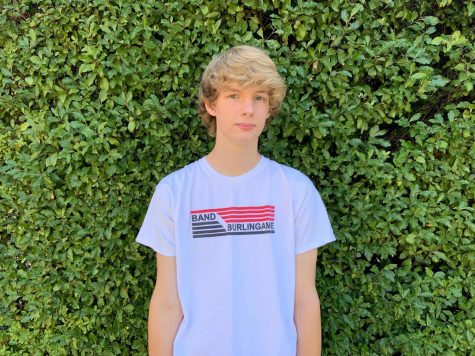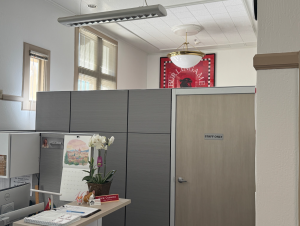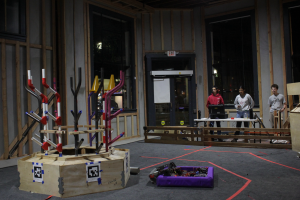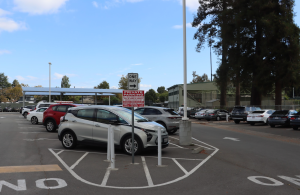An Australian pandemic — or lack thereof
Photo courtesy of Matthew Warren
Matthew Warren and his friends spend time together in Albert Park in Melbourne, Australia.
March 21, 2021
On March 9, there were over 4,000 new cases of the COVID-19 virus diagnosed in San Mateo County. While residents of San Mateo County continued to follow strict social distancing protocol, Matthew Warren, a resident of Melbourne, Australia was catching a train to meet his group of friends at the park. According to John Hopkins University, Victoria, the state that houses Melbourne, is over 100 hundred times the size of San Mateo County and did not have a single case on March 9.
Due to the low number of cases, after a strict quarantine in 2020 from March to May, most of Australia has returned to relative normalcy. Warren, a junior at Wesley College in Melbourne, has been able to experience this pre-COVID-19 environment firsthand.
“Probably the biggest thing we have is that you have to wear a face mask on public transport,” Warren said.
Initially, both the United States and Australia had similar lockdown restrictions for the first few months of quarantine.
“We locked down tight. You couldn’t leave your home unless it was necessary, like if you needed to grab groceries or exercise,” Warren said. “[The schools] went online for, I think, two terms actually.”
However, unlike in the United States, Australia’s lockdown led to a decrease in the spread of the virus, and they have managed to keep their new case count below 50 new cases a day since October. After two terms, roughly 112 days, of lockdown, Warren was back at school in person, and has been since October. Five days a week, and without the required masks the United States has gotten used to since the pandemic started. The restrictions have also loosened greatly since the brief quarantine in March. Masks aren’t necessary in most places, kids are free to go to school and it’s acceptable to meet up in large groups of people.
While Warren recognizes that the lockdown created mental health challenges for many people, he was largely unaffected. Similarly to many people in the United States, Warren remained in contact with friends over Zoom, calling them during lunch and coordinating hangouts through video games.
“I’m just talking from my experience. Other people may have had a much worse experience, and I could definitely see how any like previous household issues could have been absolutely multiplied,” Warren said.
While Australia endured an early lockdown and grieved hundreds of deaths, because of cooperation with rules and regulations early on, they have been able to loosen restrictions and return to normal life again. Australia’s return to normalcy is especially impressive compared to us in the United states, who are still attempting to get the pandemic under control, 500,000 deaths later.
“It showed how when you’re faced with something like this, just slacking off and kind of saying, ‘it’s not that bad,’ [is what turns] it into the crisis that we’re at now,” Warren said.
As the Covid-19 virus continues to rage in the United States and Europe, Warren believes it is up to residents of each country to follow the guidelines put in place to keep the pandemic under control.
“It’s between the leaders and the people to get the job done properly, and get it done efficiently, and to make sure that, you know, it’s tough, but you’re getting through it together,” Warren said.

